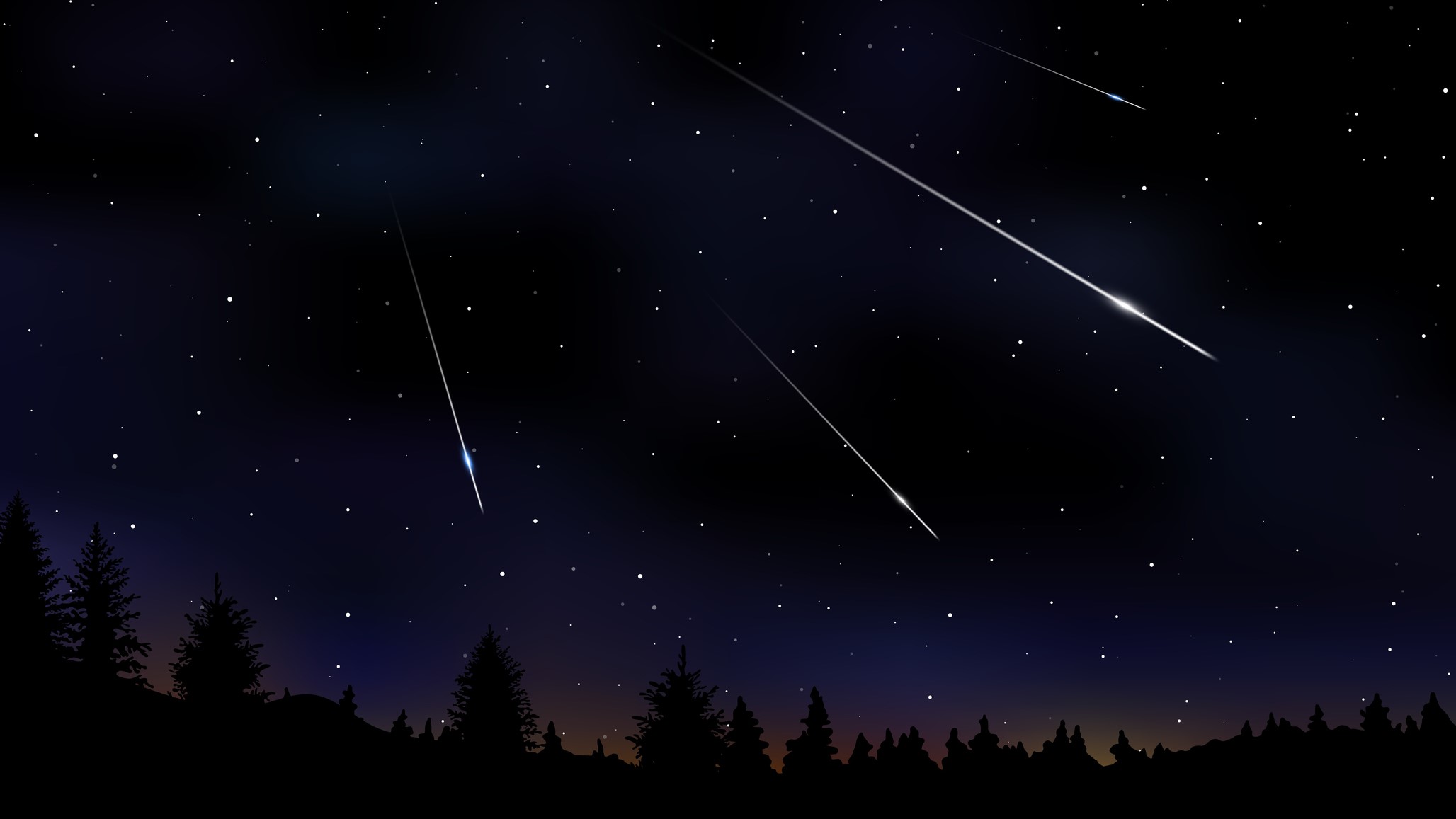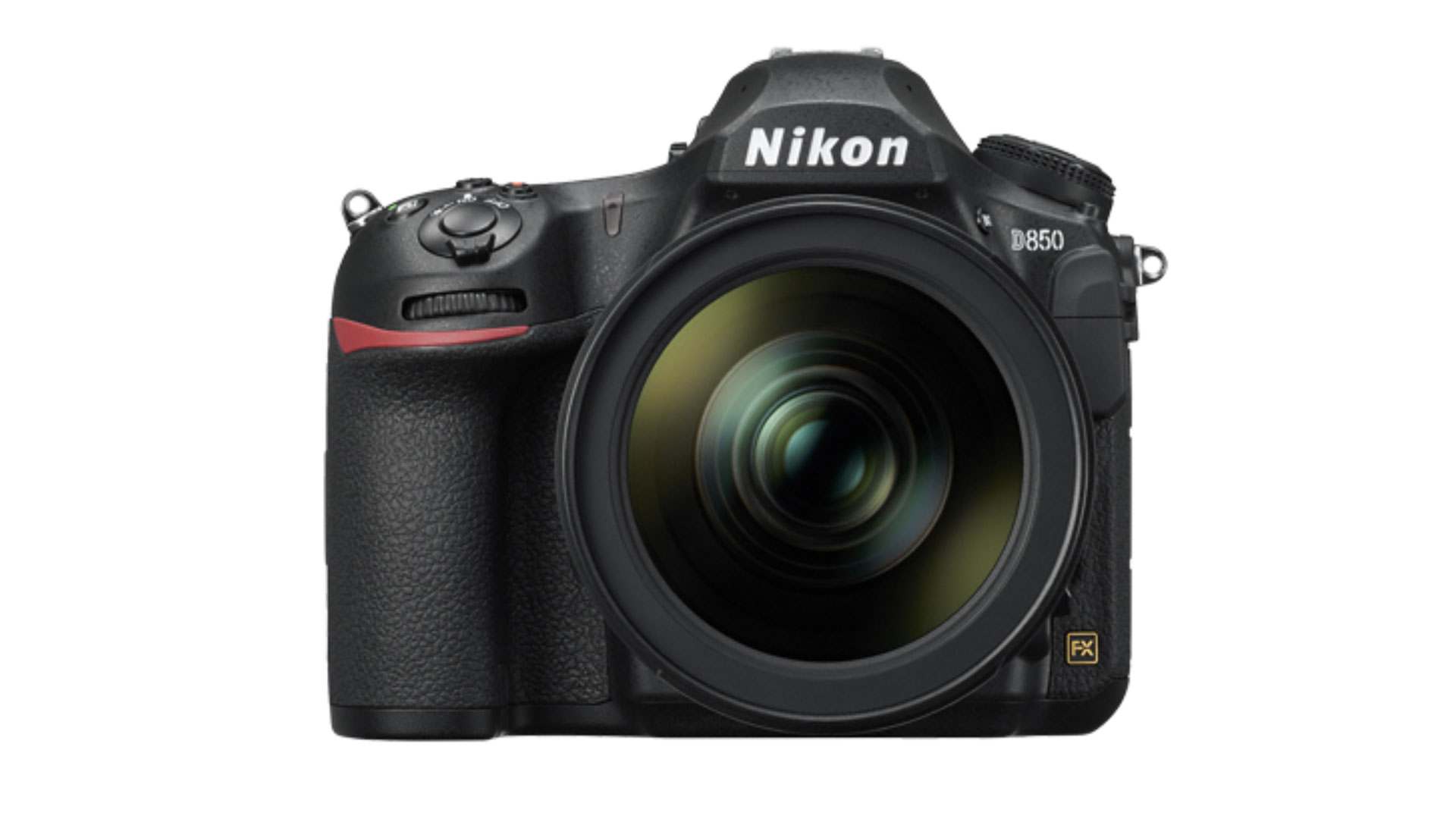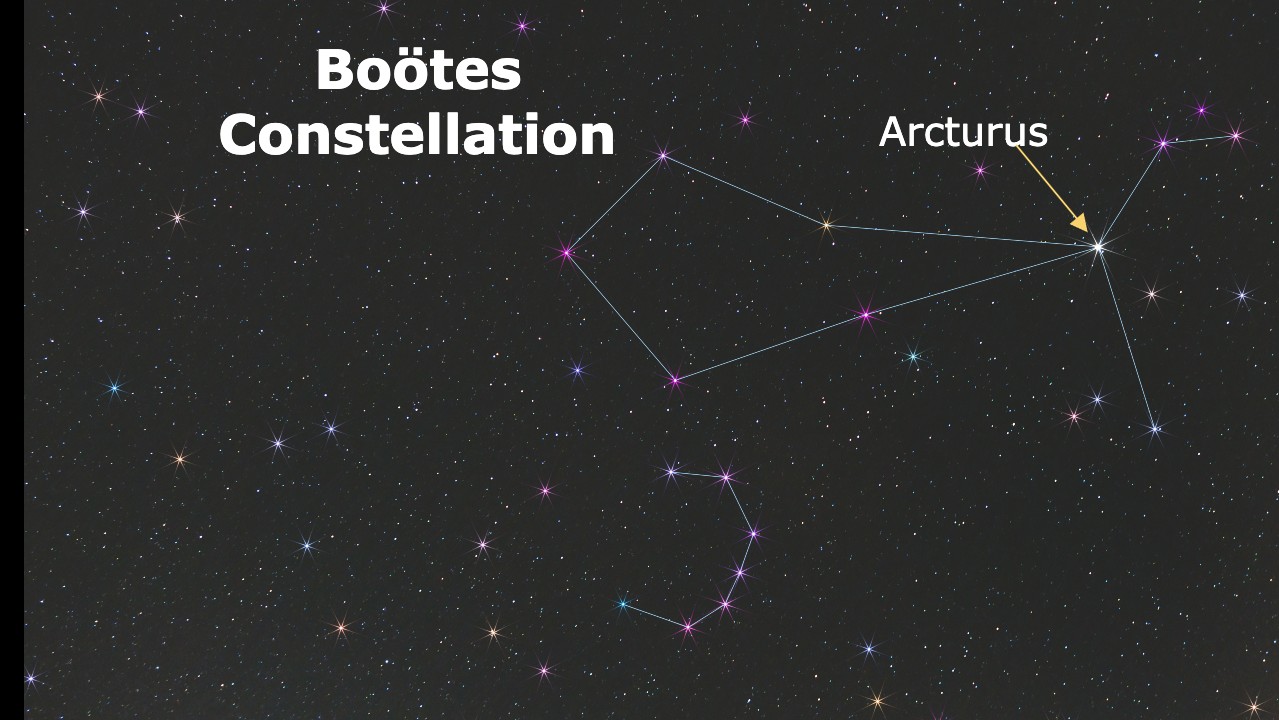Possible early tau Herculid meteors caught on camera
Reports are coming in from observers who caught a few early shooting stars.

Should we be getting ready for a meteor storm tonight?
While predictions are still all over the place about how many shooting stars will be generated from 73P/Schwassmann-Wachmann 3, it appears a few meteors could have fallen into our atmosphere already as Earth plows into the debris stream.
The tau Herculids, as the new meteor shower is called, is expected to peak with possible storm conditions tonight (May 30 to 31). They have likely already been spotted in numerous countries in projects led by Spain and NASA.
Spain's Fireballs and Meteorites Research Network (SPMN), coordinated by Dr. Josep M. Trigo-Rodríguez from the Institute of Space Sciences (CSIC-IEEC), spotted a couple of shooting stars probably associated with the event Friday (May 27) and posted a thread on Twitter with videos.
"Ready for the campaign?" one of the tweets said, along with footage of a slow-moving meteor getting quite bright in an all-sky camera. (The Spanish was translated by Space.com.)
Related: How to watch the potential tau Herculids meteor storm live online tonight
¡PRIMER BÓLIDO TAU HERCÚLIDA #SPMN270522H! Registrado ayer viernes sobre #Aragón por Antonio Lasala @AntonioLG1 a las 23h57m46s TUC. Ojalá sea el anuncio de muchos más fragmentos del cometa #73P #SW3 en las próximas noches. ¿Preparados para la campaña? 🤩https://t.co/TcmTt2hGHM pic.twitter.com/cm0gPwbCvAMay 28, 2022
The first bolide was recorded at 7:57 p.m. EDT (2357 GMT) from three separate locations, all caught on camera. Those viewing spots were in Aragon (northeastern Spain) and recorded by Antonio Lasala, from Madrid by Jaime Zamorano, and from Valencia by Jordi Donet.
Get the Space.com Newsletter
Breaking space news, the latest updates on rocket launches, skywatching events and more!
"These aggregates, when disintegrating ... have a markedly slow angular speed and create a train of fragments; useful characteristics to identify them," the network tweeted along with footage of the Valencian meteor.
2) ESE MISMO BÓLIDO fue registrado a 5 frames/s por el Dr. Jaime Zamorano desde Madrid #M30 @ObservaUCM @Fisicas_UCM.Los registros nos da una noción de lo espectacular que puede llegar a ser una actividad meteórica alta de bólidos del cometa 73P/Schwassman-Wachmann 3@cefalopodo pic.twitter.com/gYlEalOdDIMay 28, 2022
3) MÁS LEJANO FUE REGISTRADO desde #Barx, #València por Jordi Donet @DonetJorge. Estos agregados, al desintegrarse a baja velocidad geocéntrica (<15 km/s), presentan una velocidad angular marcadamente lenta y crean un tren de fragmentos, características útiles para identificarlos pic.twitter.com/4vHifnHEQwMay 28, 2022

If you're looking for a good camera for meteor showers and astrophotography, our top pick is the Nikon D850. Check out our best cameras for astrophotography for more and prepare for the tau Herculids with our guide on how to photograph a meteor shower.
The NASA-sponsored Cameras for Allsky Meteor Surveillance (CAMS) also recorded probable tau Herculids from Friday (May 27) through Sunday (May 29). The project is hosted by the Search for Extraterrestrial Intelligence (SETI) Institute and led by Peter Jenniskens, a research scientist for SETI.
While CAMS said the early show might be a prelude to "further enhancement" of a meteor shower, the network noted it is unclear (and "perhaps" unlikely) that the meteors spotted so far are related to the 1995 breakup of the comet that might generate a storm in the sky tonight. In other words, there's no firm indication yet that there would be a lot of meteors coming up, although that may change.
Five tau Herculids were spotted Friday at CAMS locations in Texas, Arizona, Namibia and BeNeLux (between Belgium, the Netherlands, and Luxembourg), CAMS reported. On Saturday, meteors were spotted at CAMS locations in Namibia, Arkansas and Arizona, then more were found Sunday (May 29) at CAMS locations in Namibia, Chile, Arkansas, Arizona and California.

The peak brightness for these tau Herculids was -3 magnitude (brighter than the star Sirius at -1.47), although some shooting stars were as faint as magnitude 13. For comparison, a typical observer in dark sky conditions can see stars as faint as magnitude 6 with their naked eye.
"Some of these were bright enough to be photographed, but overall the distribution implies a shower rich in faint meteors," the network said. Most of the meteors were close to the magnitude 4 detection limit of typical video cameras in the network, CAMS added.
If you're ready to look for the sky show for yourself, watch around 1 a.m. on the east coast Tuesday (May 31) or 10 p.m. on the west coast Monday (May 30). NASA suggests people look at the constellation Boötes, somewhat north-northwest of its bright star Arcturus. (These are the International Astronomical Union names, but your culture may have different ones.)
Meteor showers, happily, are a regular thing. So if the tau Herculids are faint or fizzle altogether, get read instead for the next ones using our upcoming meteor showers of 2022. August is one to look forward to, as the bright Perseids peak Aug. 11 and 12.
If you're hoping to photograph the tau Herculid meteor shower, or want to prepare your gear for the next skywatching event, check out our best cameras for astrophotography and best lenses for astrophotography. Read our guide on how to photograph meteors and meteor showers for more helpful tips to plan out your photo session.
Editor's Note: If you snap an amazing photo of the tau Herculids meteor shower and would like to share it with Space.com's readers, send your photo(s), comments, and your name and location to spacephotos@space.com.
Follow Elizabeth Howell on Twitter @howellspace. Follow us on Twitter @Spacedotcom or Facebook.
Join our Space Forums to keep talking space on the latest missions, night sky and more! And if you have a news tip, correction or comment, let us know at: community@space.com.

Elizabeth Howell (she/her), Ph.D., was a staff writer in the spaceflight channel between 2022 and 2024 specializing in Canadian space news. She was contributing writer for Space.com for 10 years from 2012 to 2024. Elizabeth's reporting includes multiple exclusives with the White House, leading world coverage about a lost-and-found space tomato on the International Space Station, witnessing five human spaceflight launches on two continents, flying parabolic, working inside a spacesuit, and participating in a simulated Mars mission. Her latest book, "Why Am I Taller?" (ECW Press, 2022) is co-written with astronaut Dave Williams.









